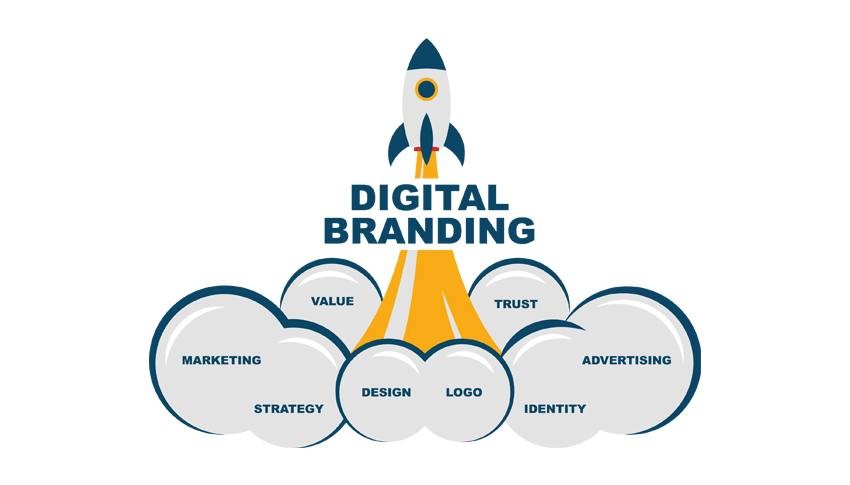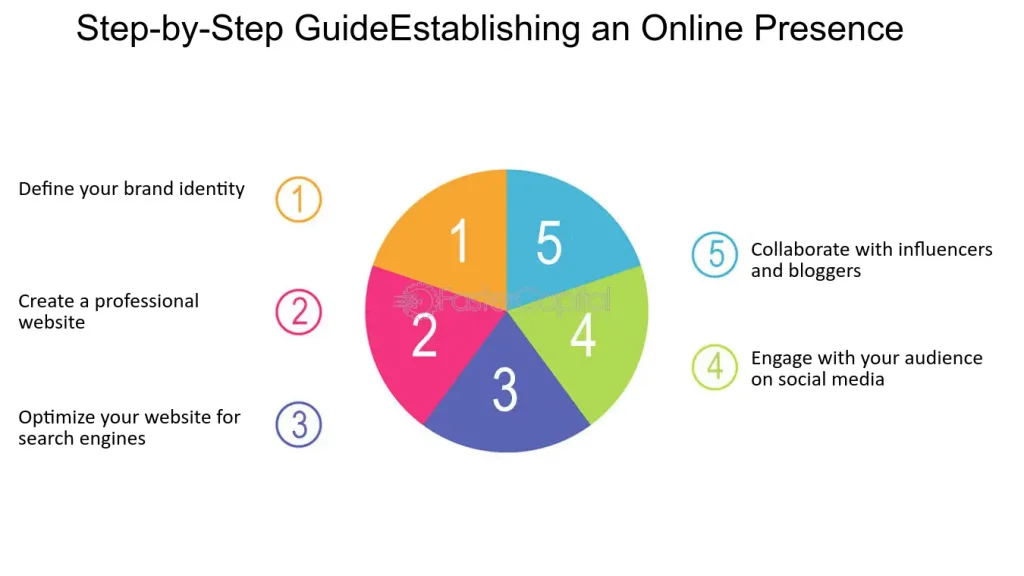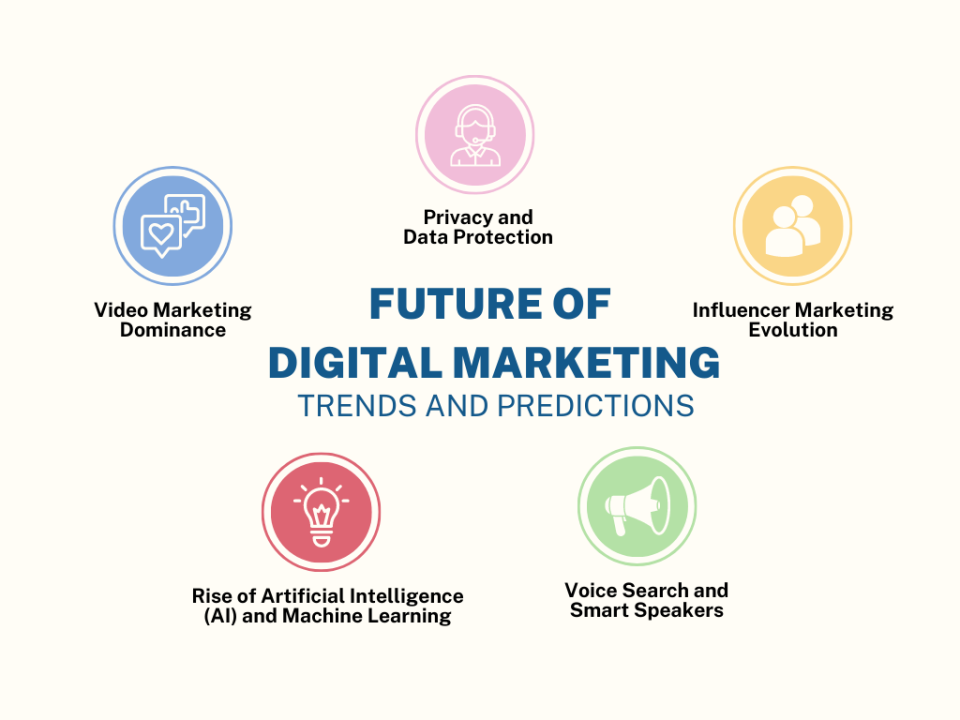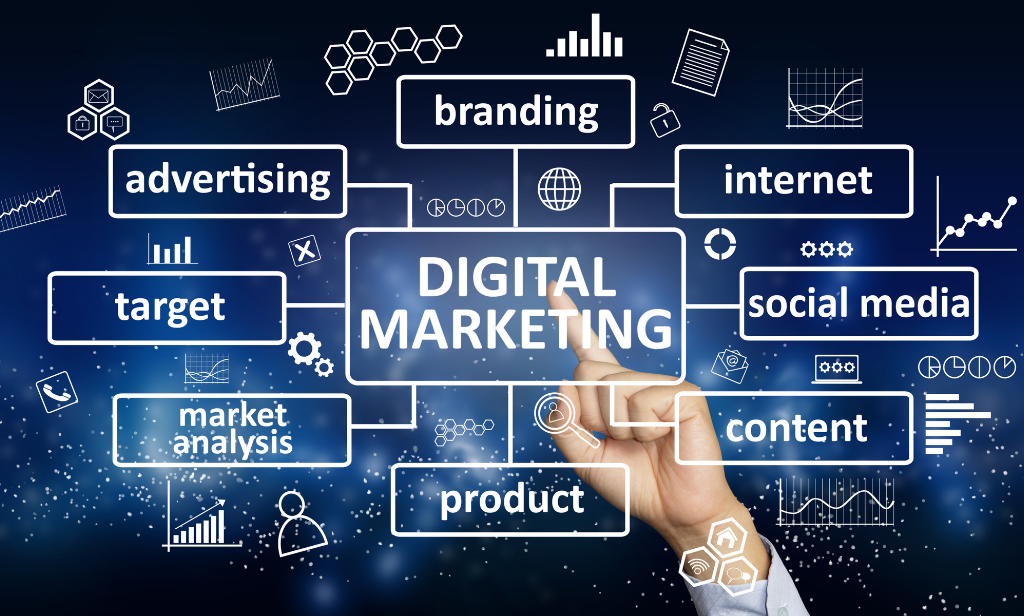Digital Branding: How to Build a Strong Online Presence
“Your brand is what people say about you when you’re not in the room.” — Jeff Bezos
1.What is Digital Branding?

Digital branding is the process of creating and promoting your brand online using a mix of strategies such as your website, social media, content marketing, and digital advertising. It’s not just about logos or websites—it’s about the perception you build across all online channels. In today’s digital-first world, building a strong online presence is no longer optional—it’s essential. Whether you’re an entrepreneur, a small business owner, or a large enterprise, how you present yourself online determines your reputation, reach, and revenue. Welcome to the era of digital branding.
This is just the beginning — explore how we can help you grow your online presence.
2.Why Digital Branding Matters

- Trust & Credibility: People trust brands with a solid digital presence.
- Visibility: The more visible you are, the more likely customers are to find you.
- Consistency Across Channels: Branding helps in delivering a unified message.
- Competitive Advantage: A strong digital brand sets you apart from competitors.
3. Core Elements of a Strong Online Presence

To build a robust digital brand, you need to master these components:
- Brand Identity (name, logo, tone of voice)
- Website (fast, mobile-friendly, SEO-optimized)
- Content (blogs, videos, social posts)
- Social Media (Facebook, LinkedIn, Instagram, etc.)
- Search Engine Optimization (SEO)
- Email Marketing
- Online Reviews & Reputation Management
4. Step-by-Step Guide to Building Your Digital Brand.

4.1 Define Your Brand Identity
Your brand identity is your digital fingerprint.
- Mission & Vision: What does your brand stand for?
- Target Audience: Who are you trying to reach?
- Brand Voice: Are you formal, quirky, inspirational, or educational?
4.2 Create a Strong Visual Identity
This includes:
- Logo
- Colour Palette
- Typography
- Imagery style
Consistency in visual elements helps people recognize your brand instantly.
4.3 Build a website that Converts
Your website is the home base of your online presence.
Key features:
- Responsive Design
- Fast Loading Speed
- Clear Call-to-Actions (CTAs)
- SEO-Optimized Content
- Easy Navigation
4.4 Be Consistent on Social Media
Social media is where your audience spends most of their time.
Tips:
- Choose platforms where your audience is active
- Use scheduling tools like Buffer or Hootsuite
- Engage through stories, reels, and live videos
- Collaborate with influencers in your niche
4.5 Leverage SEO & Content Marketing
SEO ensures that people find you on Google, while content marketing builds trust and authority.
Types of content:
- Blogs
- Videos
- Infographics
- eBooks
- Webinars
4.6 Engage Through Email Marketing
Email marketing is a powerful tool for nurturing relationships.
Steps:
- Build a subscriber list
- Use segmentation and personalization
- Offer value in every email (tips, deals, updates)
4.7 Utilize Online Reviews & Testimonials
Social proof drives buying decisions.
- Ask for reviews from satisfied customers
- Display testimonials on your website and social profiles
- Respond to both positive and negative reviews professionally
5. Measuring the Success of Your Digital Branding Efforts
Track KPIs such as:
- Website traffic (Google Analytics)
- Social media engagement
- Email open and click-through rates
- Conversion rates
- Customer reviews and feedback
6. Common Mistakes to Avoid In Digital Branding

- Inconsistent branding across platforms
- Ignoring mobile optimization
- Poor content quality or lack of regular updates
- Focusing only on followers instead of engagement
- Not listening to customer feedback
7. Future Trends in Digital Branding

- AI-Powered Personalization: Chatbots, tailored content, and predictive marketing.
- Voice Search Optimization
- Augmented Reality (AR) experiences
- Sustainability Messaging
- User-Generated Content (UGC)
Staying updated with digital trends will keep your brand fresh and relevant.
8. Final Thoughts On Digital Branding
Digital branding isn’t a one-time effort—it’s a long-term strategy. The digital landscape changes rapidly, and your brand needs to evolve with it. The key is consistency, authenticity, and customer focus.
Whether you’re starting from scratch or refreshing your brand, following the steps in this guide will position you for success in the digital world.
“Want to learn more? Click here to explore the full guide on our website.”


